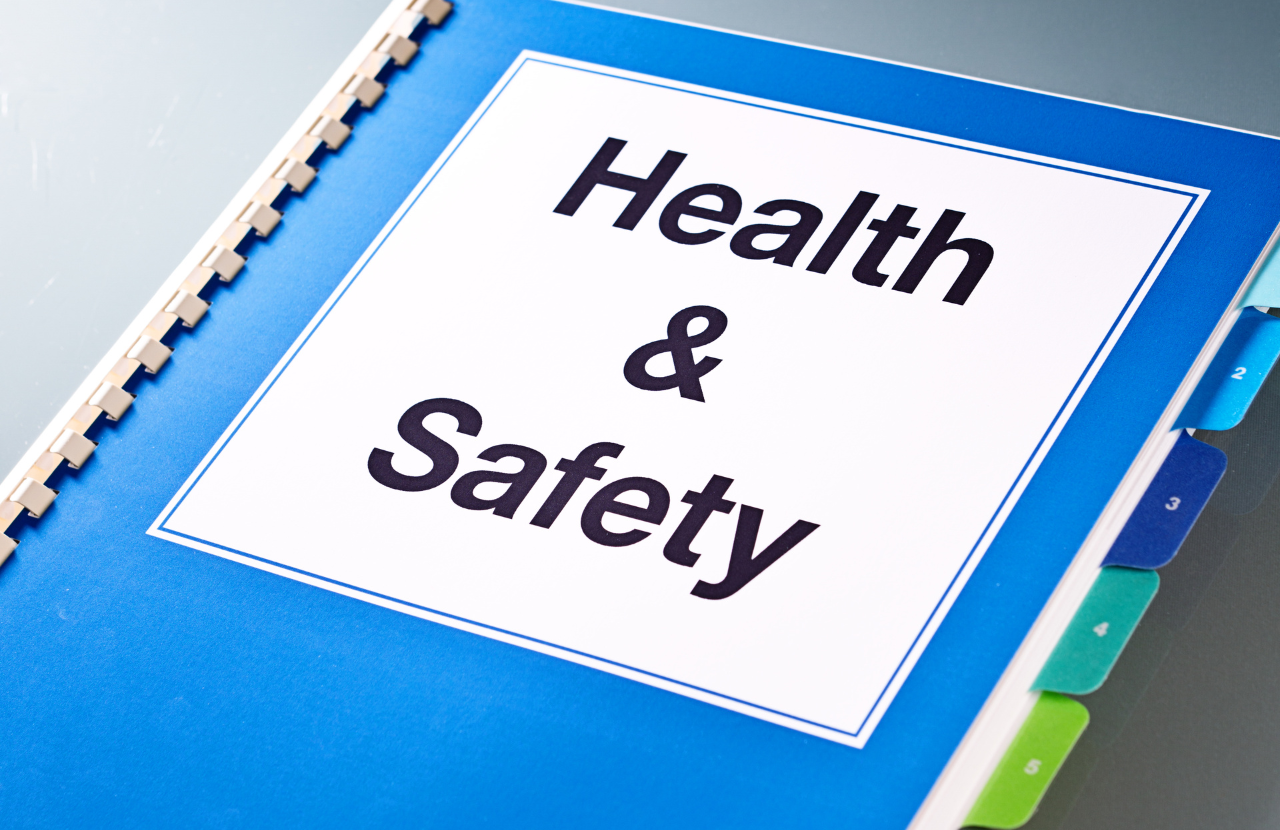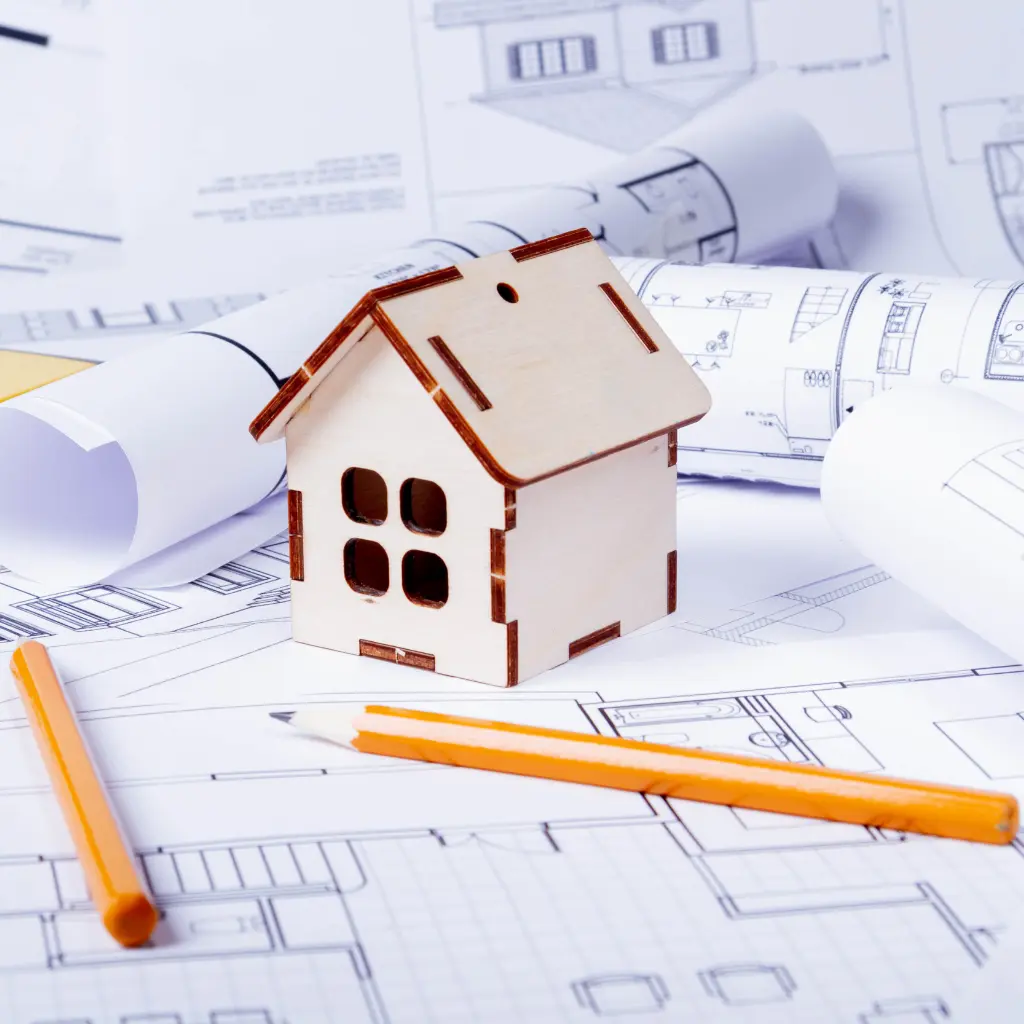
Under the Construction (Design and Management) Regulations 2015 (CDM) a health and safety file is a mandatory requirement for projects involving more than one contractor.
The purpose of a health and safety file is to ensure that anyone involved in future construction work is fully aware of the risks and has all the health and safety information they need to help them carry out their work safely and efficiently.
Here is our guide to what to include in a health and safety file, who is responsible for it and other frequently asked questions.
When is a health and safety file required?
A health and safety file is required under CDM regulations when:
- Projects involve (or are likely to involve) more than one contractor. The regulations define a contractor as anyone who carries out construction, alteration, maintenance or demolition work.
- When future construction work is likely and could affect the health and safety of workers or building occupants.
A health and safety file is not required when a construction project involves only one contractor and for projects that do not involve construction. This might be purely decorative work or other activities that fall outside the definition of construction work under CDM regulations.
What does the health and safety file include?
The CDM health & safety file is designed to be a practical and accessible document, and contents must include:
Description of work
- The file should provide a clear description of the construction work that has been completed. This includes details of the structure, materials used, and the methods employed.
- This section is a reference for anyone who needs to understand the original construction when undertaking future work.
Hazards not eliminated
- The CDM health and safety file must record any hazards associated with the construction work that could not be eliminated. This might include asbestos in certain materials or design features that pose a risk during maintenance.
- The file should explain the measures taken to manage these hazards, ensuring that future workers have the information they need to mitigate the risks effectively.
Hazardous materials
- Any hazardous materials used or discovered during construction must be documented in the file. This could include substances like asbestos, lead, or specific chemicals that pose health risks.
- The CDM health & safety file should also detail where these materials are located within the structure and any precautions that need to be taken when handling them.
Installation and dismantling of equipment
- Detailed information on how any equipment or structures should be safely installed and dismantled is critical, especially for complex systems such as scaffolding or large machinery. This helps ensure that future contractors can perform these tasks without endangering themselves or others.
Equipment for cleaning and maintenance
- The file must clearly identify the location of significant services such as underground cables and gas supplies. Knowing where these services are located is vital for preventing accidents during future construction or maintenance work.
Location of significant services
- The file must clearly identify the location of significant services such as underground cables and gas supplies. Knowing where these services are located is vital for preventing accidents during future construction or maintenance work.
As-built drawings
- Accurate as-built drawings are essential for future works. These drawings should reflect the completed structure, including any changes made during construction. They are a crucial reference for designers and contractors who will work on the building in the future.
What are the responsibilities of duty holders?
The health and safety file helps to protect the safety and wellbeing of those who work on or use a building long after the original construction is completed. Proper management and preparation of this file are crucial responsibilities shared by all duty holders, from the client to the contractors.
The CDM regulations define specific responsibilities for duty holders to ensure the health and safety file is accurate and complete.
Client
The client, often the individual or organisation commissioning the construction work, bears the overarching responsibility for ensuring that the health and safety file is properly managed.
Client duties under CDM regulations include:
- Receiving the completed health and safety file at the end of the project and retaining it for future reference.
- Appointing a principal designer early in the project who will take charge of the health and safety file.
- Ensuring the principal designer prepares the health and safety file during the design phase and keeps it updated throughout the project.
Designer
Designers, including architects and engineers, are responsible for integrating health and safety considerations into their designs.
They must:
- Identify and assess potential hazards related to their design elements.
- Provide relevant information about these hazards, including how they can be mitigated or controlled.
- Ensure their design does not introduce unnecessary risks during construction or later use, and clearly communicate any residual risks.
Principal designer
The principal designer plays a central role in managing the health and safety file.
Their duties include:
- Preparing the health and safety file at the start of the project, ensuring it includes all relevant information from the design phase.
- Collecting and collating information from other duty holders, including designers, contractors, and the principal contractor, to ensure the file is comprehensive.
- Updating the file regularly throughout the project as new information becomes available or as circumstances change.
- Finalising and handing over the file to the client at the project’s conclusion, ensuring it is well-organised and easy to understand.
Principal contractor
The principal contractor is responsible for managing the construction phase of the project and must:
- Provide the principal designer with detailed information about the construction process, including any risks and hazards encountered and how they were managed.
- Ensure that the information is accurate and delivered in a timely manner to facilitate the ongoing maintenance of the health and safety file.
- Coordinate with contractors to gather relevant information about on-site hazards and the effectiveness of safety measures.
Contractors
Contractors, who may be involved in specific aspects of the construction work, also have responsibilities to contribute to the health and safety file by:
- Supplying information on the work they have undertaken, particularly focusing on any hazards they encountered or introduced.
- Documenting safe working procedures and any maintenance requirements for the systems or structures they have installed.
- Communicating clearly with the principal contractor to ensure that all relevant information is passed on and included in the health and safety file.
What does not need to be included in the file?
The health and safety file should only include relevant information, so important details are not buried in a swamp of paper.
The following documents do not need to be included:
- Risk assessments and method statements (RAMS). RAMS are usually specific to the construction phase and are unlikely to be required for future work.
- Details on temporary works. Unless they influence future work, details of temporary structures such as scaffolding should not be included.
- Day-to-day construction records. Daily logs and records kept during construction do not need to be included unless they contain specific, relevant health and safety information.
What format is best for the health and safety file?
The CDM regulations do not prescribe a specific format for the health and safety file, allowing for flexibility based on the project’s complexity and size.
However, the file must be structured in a way that is easy to navigate and understand by those who may need to use it in the future. The file can be in electronic or hard copy format, as long as it is easy to access and update.
The information should be clearly presented and well-organised. An index or table of contents can greatly improve the usability of the file.
The file should be stored in a safe location where it will be preserved for future reference.
The health and safety file is a vital document under CDM regulations, serving as a cornerstone for managing health and safety in future construction and maintenance work.
Enhance safety with critical CDM Training

- Created by our experienced and highly respected health and safety consultants.
- Helps you understand your responsibilities under the regulations, including how to maintain a health and safety file.
- IOSH approved and SCORM compliant.

Adam Clarke
Managing Director (Consulting)

